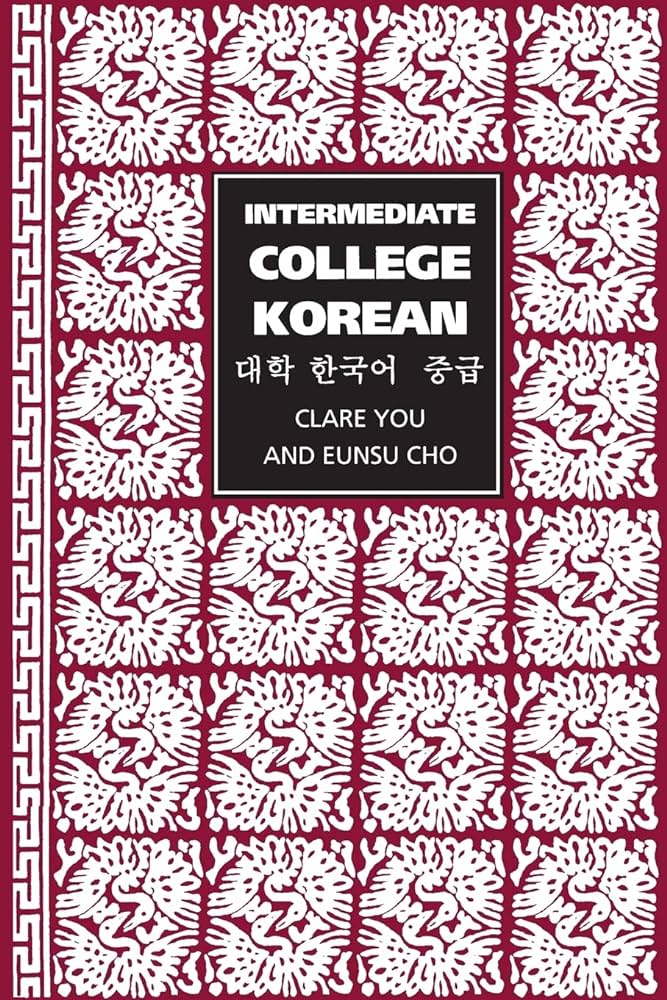History of the Program
Since its establishment in 1943, the Korean Language Program at UC Berkeley has stood as a testament to the enduring power of Korean language education and cultural exchange. Serving as a frontier in offering Korean language courses, the program's roots trace back to a pivotal period under the Japanese Occupation in Korea. Founded by the visionary Dr. Bong Youn Choy (최봉윤), the program's rich history and impactful contributions have left an indelible mark on the study of the Korean language in the United States.
In the year 1943, guided by the vision of Professor Choy, the program introduced the hand-written reader titled "Korean Reader: A Textbook for Beginners," published by UC Press. This foundational text not only pioneered the teaching of Korean to English-speaking learners but also laid the groundwork for the program's unwavering commitment to fostering linguistic and cultural understanding between Korea and the Western world.
The journey of this legacy continued with the dedicated efforts of Pastor Ha-Tae Kim (김하태), who carried forward the program's reputation through his diligent work during a time when the world was undergoing significant changes.
The evolution of the Korean Language Program owes much to esteemed individuals like Emeritus Professor Michael Rogers. His influential work on the "Outline of Korean Grammar" became a cornerstone resource, aiding learners in navigating the complexities of Korean syntax and structure. Additionally, he authored the first Korean language textbook for beginners, known as "College Korean."
As the program progressed, Kyung-Nyun Kim Richard (김경년) and Clare Chung-bin You (유정 빈) ushered in a new era of excellence. Their development of the "College Korean Intermediate" textbook and diverse curriculum marked a turning point. Their dedication to linguistic precision and cultural nuance empowered learners not only to communicate effectively but also to engage deeply with the cultural subtleties woven into the language.
빈) ushered in a new era of excellence. Their development of the "College Korean Intermediate" textbook and diverse curriculum marked a turning point. Their dedication to linguistic precision and cultural nuance empowered learners not only to communicate effectively but also to engage deeply with the cultural subtleties woven into the language.
Since its establishment, the KLP at Berkeley has solidified its position as one of the largest and best university Korean language programs, with consistent growth in enrollment and increases in both the number of levels supported and diversity of classes offered by the dedicated teaching staff. In addition, over the past decade, the influence of Hallyu (the Korean wave) has drawn ever more interest in Korean language and culture from a wide range of students, suggesting further growth of the program into the future.

